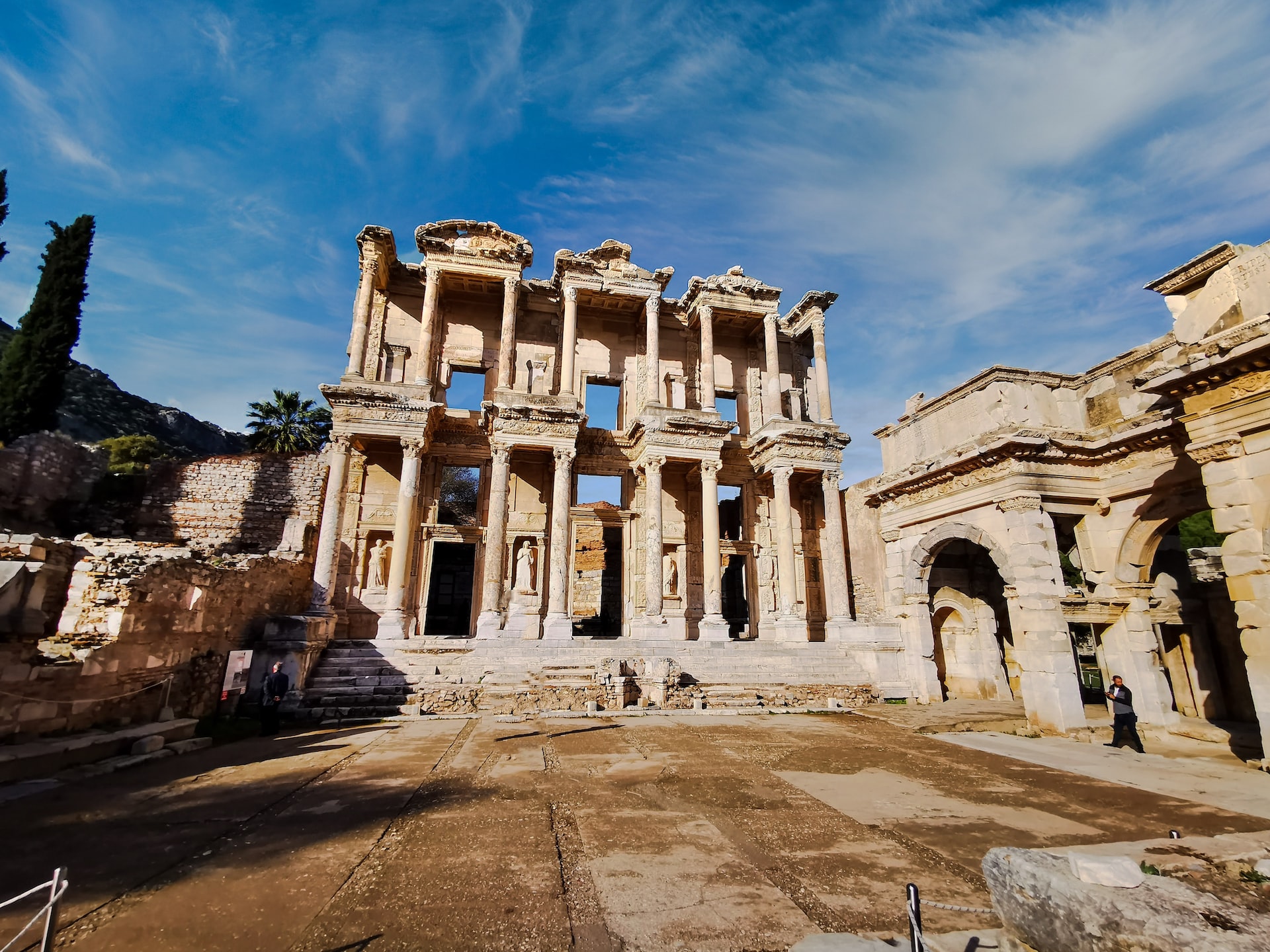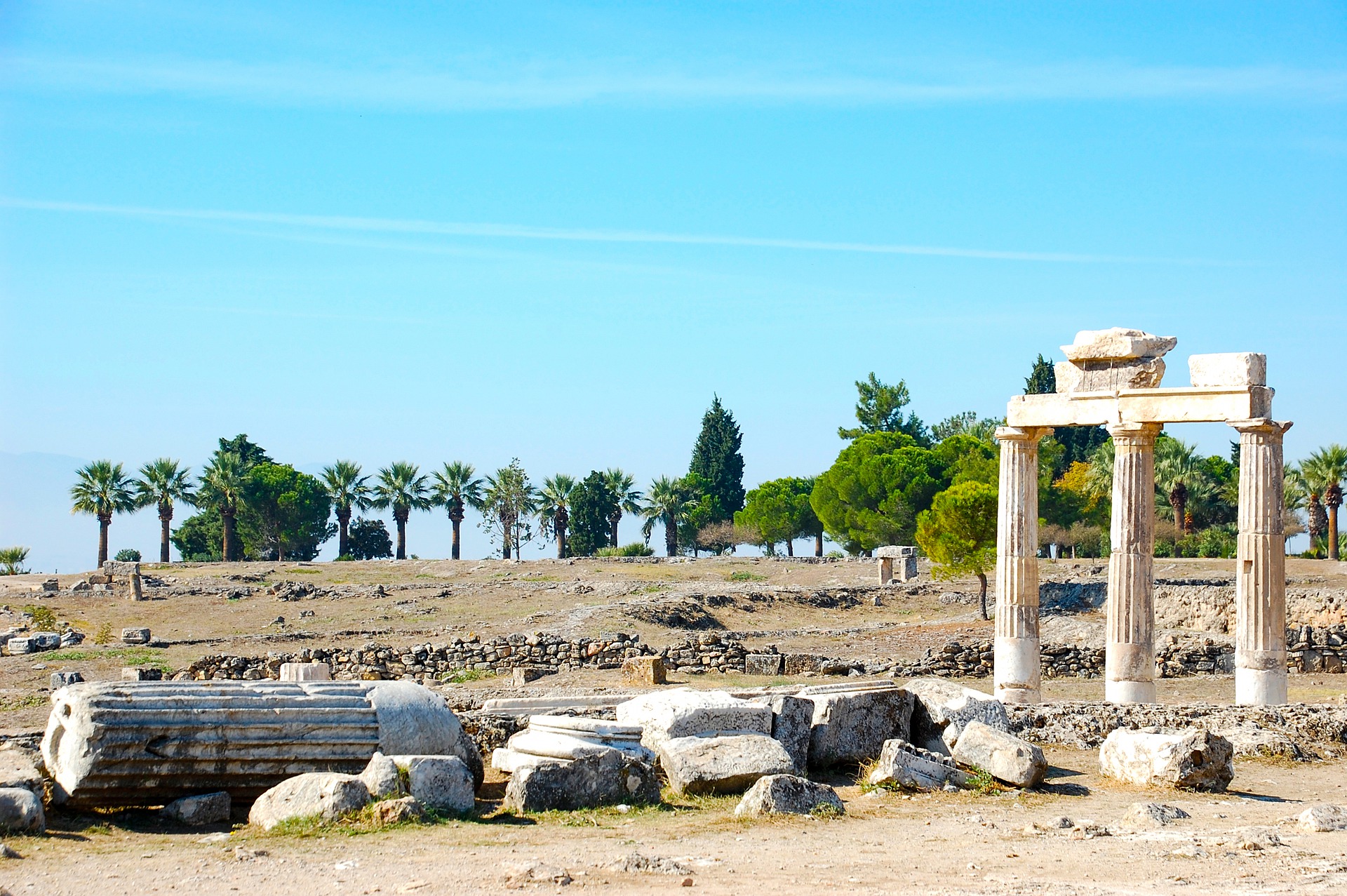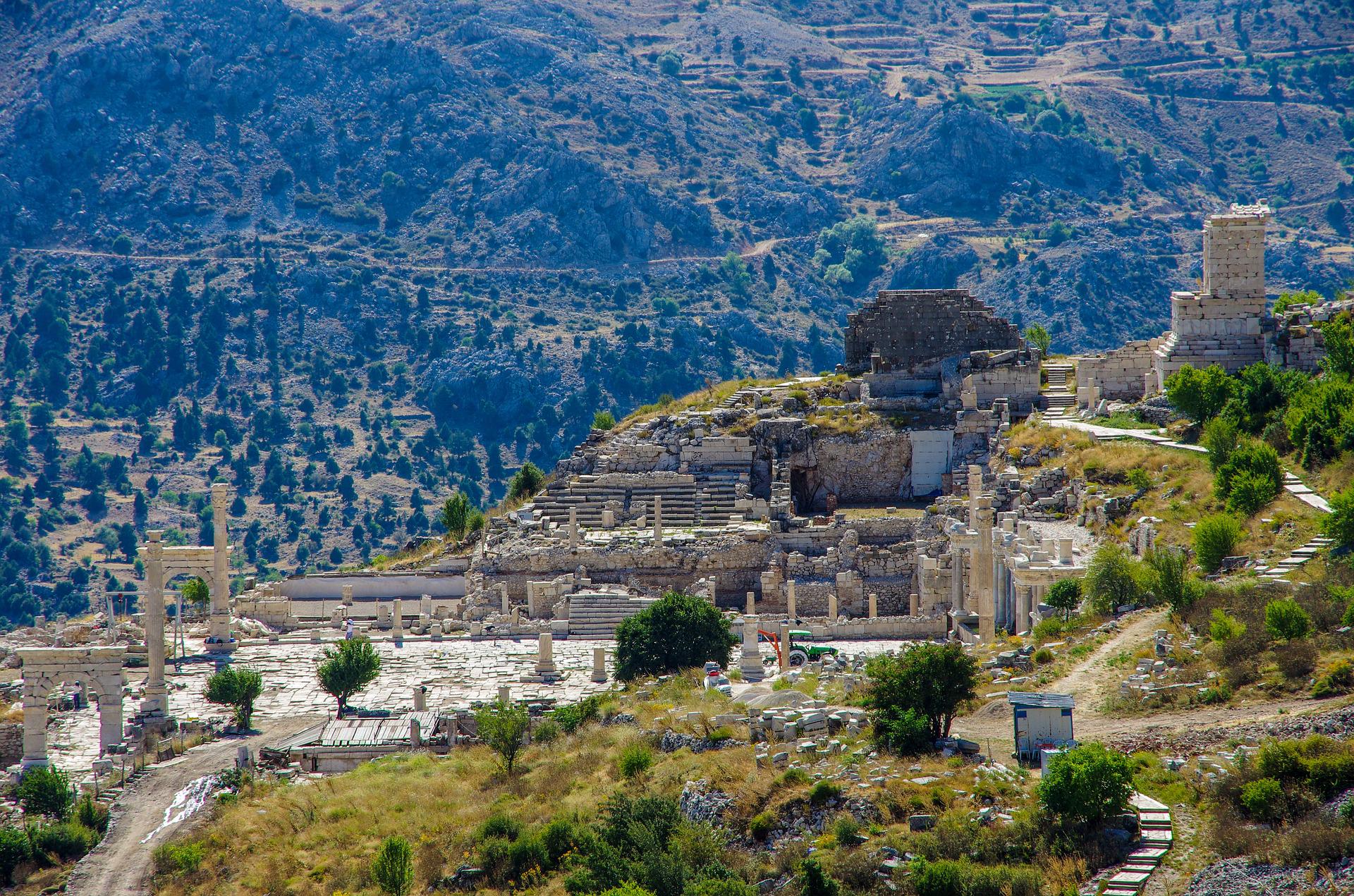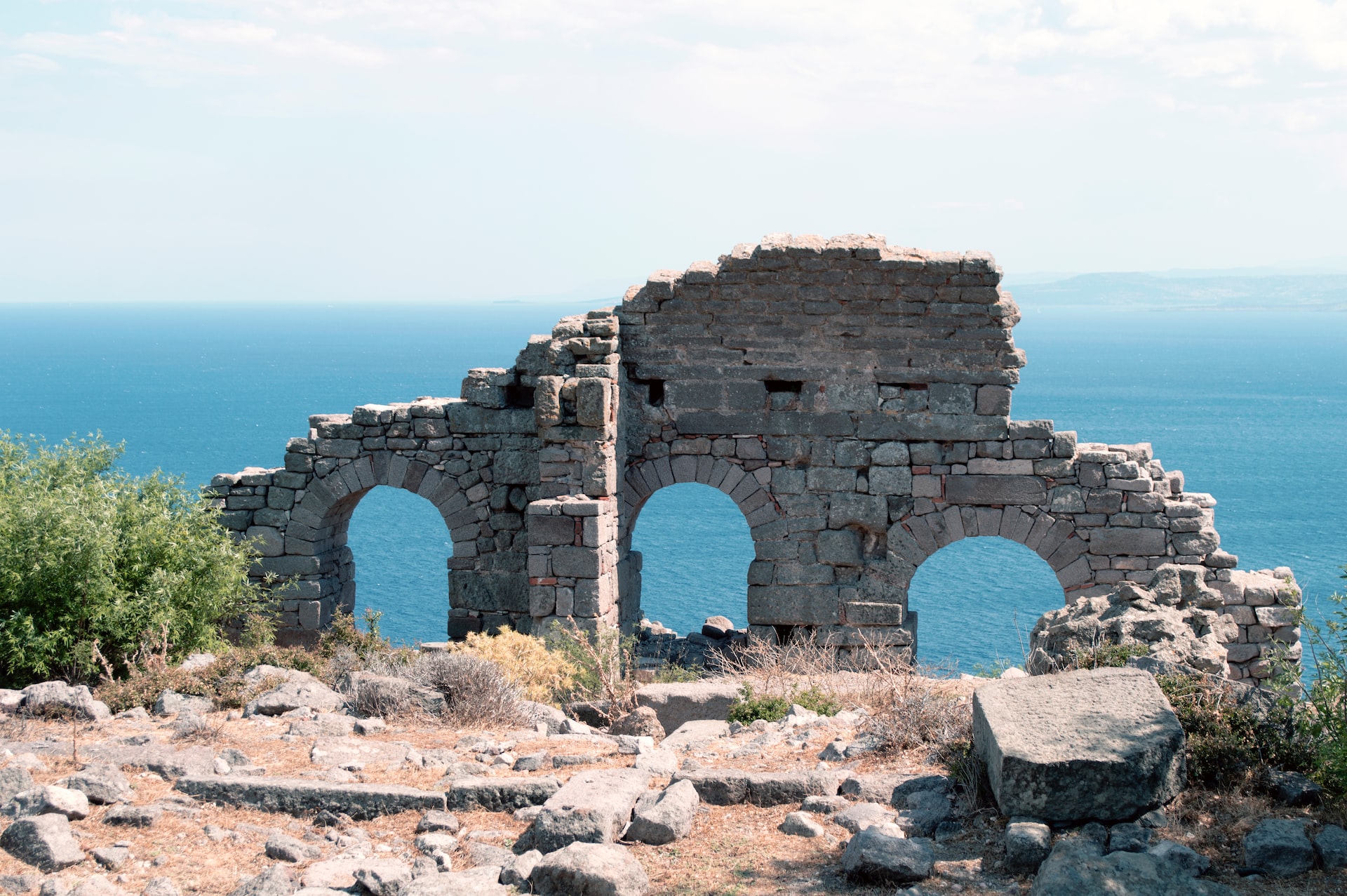Culture & Travel
18 August 2022In our magnificent country, there are special and valuable ruins to visit and see with the Museum Card. Let's take a look at these points together. Because the value of these locations we will talk about cannot be measured with money or time. Come to Turkey's most beautiful values, let's take a brief look together as always...
What is a Museum Card?
First of all, let's talk about what the Museum Card means for the guests who will visit. With the Museum Card you will obtain, you can go on an unlimited exploration for a year to understand the many museums and ruins affiliated to the Ministry of Culture and Tourism, National Palaces and Çanakkale Ministry of Fields. For Turkish citizens, the price of the Museum Card, which is valid for one year, is 60 TL, counting from the first day you acquire the Museum Card.
Important Archaelogical Sites in Turkey
Among the points that are valid for the Museum Card, which is also required for the archaeological sites in our country, there are important locations such as Bergama Ancient City, Ephesus Ancient City İzmir, Denizli Hierapolis Ancient City, Şanlıurfa Göbeklitepe, Ihlara Valley Ancient City. Let's take a look at the prominent archaeological sites in our country that are appreciated and deserve to be visited. It is worth noting that a Museum Card is required to enter these Ruins.
Patara Ancient City, Kaş / Antalya
History BC The ancient city of Patara, which dates back to the 13th century, has a different meaning for the Christian world. Saint Nicholaos, whose real name is known to the whole world as Santa Claus, was born in Patara. In addition, this city has made a name for itself as a port where grains sent from Anatolia to the Roman region are kept. Having come to the Ancient City of Patara, the 18-kilometer-long Patara Beach, right next to it, is one of the must-see spots.

Zeugma Ruins, Nizip / Gaziantep
The rich and ostentatious mosaic works made in the Roman period gave the historical city even greater importance. The bullae (Seal Pressure) that emerged during the Zeugma excavations are among the elements that make this region important. Zeugma, which means 'gate' in ancient Greek, gained value as an important trade center due to the presence of trade routes in the Roman period. Zeugma Ruins, which brings together eastern and western cultures, is one of the must-see spots. Entry fee: 20 TL.
Ephesus Ancient City, Selçuk / Izmir
Ephesus Ancient City, which is on the UNESCO World Heritage List, is one of the important ruins of our country with its eye-catching historical architecture. The Temple of Artemis, considered one of the seven wonders of the ancient world, is also one of the favorites of the Ephesus Ruins. Ephesus, which lived through important historical periods such as Hellenistic, Roman, Byzantine (Eastern Roman), Principalities and Ottoman Periods, was used both as a settlement and as a political and commercial center. Entry fee: 200 TL. Please note that this fee does not include the Yamaçevler at Ephesus Ruins. Yamaçevler entrance fee, where the museum card is not valid: 85 TL.

Hierapolis Ancient City, Pamukkale / Denizli
An ancient city stands out on the coast of travertines like cotton. This is the Hierapolis Archaeological Site in Pamukkale, the tourism paradise of Denizli. History BC The ruins, which date back to the 2nd century, were destroyed by earthquakes and rebuilt. After the biggest earthquake experienced, its Hellenistic structure left its place to Roman appearance. The ancient city with a grid plan includes public buildings, shops, workshops, the main street that divides the city into two, and structures such as the monumental gate. Entry fee: 200 TL

Sagalassos Ancient City Kenti, Ağlasun / Antalya
Archaeological excavations were carried out by a Belgian team, as Sagalossos Ruins, which was considered one of the most important cities during the Roman Empire, is one of the best preserved ancient cities until today. Among the structures that have survived until today, there are important historical ruins such as the Temples of Apollon Clarios and Antonian Pius, the Upper Agora, the Colonnaded Street, the Roman Bath, the theatre, the City Villa and the Macellum. Located between 1500 and 1700 meters above the Taurus Mountains, Sagalossos Ruins is worth seeing. Entry fee: 25 TL.

Kayaköy Ruins, Fethiye / Muğla
Rock and sarcophagus tombs are among the most important ancient ruins in the city. There are nearly 400 residences with cisterns under the ground, each of which is extremely spacious as a light and used as a cellar. The residences include the school building, chapels and the customs house and are open to visitors. Entry fee: 20 TL.
Assos, Ayvacık / Çanakkale
Çanakkale Assos Ruins, located 230 meters above the sea, was established on an extinct volcanic hill and has a magnificent view. Andesite stone was used in almost all the ruins of the site. Among the ruins that shed light on the history in Assos, there are Byzantine walls, Hüdavendigar Mosque, Athena Temple in the Acropolis, ancient roads and tombs that have been preserved until today, city walls, structures such as a theater and a church. Studies in the region continue with the support of the Ministry of Culture and Tourism. Entry fee: 50 TL.

Ani Ruins, Ocaklı / Kars
Ani Ruins, which was included in the UNESCO World Heritage List in 2016, is 42 kilometers from the center of Kars. This region is both an accommodation center and a trade center at the entrance to Anatolia by the Silk Road. Attracting attention with its location on the rocks, its cathedral, streets, the market place in the middle of the city, its houses and bazaars, the walls of the Ani Ruins are approximately 4,500 meters in length and 8 meters in height. Entry fee: 50 TL.



